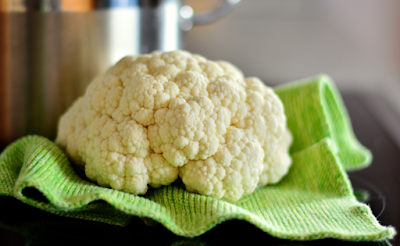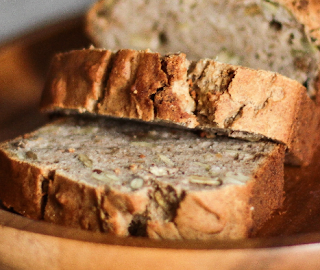Cauliflower Nutritional Benefits
Cauliflower is a source high in dietary fiber. Certain strains of cauliflower can be hued orange or purple. Regardless of what the shading, cauliflower is beneficial for you. Cauliflower is packed with minerals and nutrients for better wellbeing. This cruciferous vegetable comes in two assortments, a white and a purple 'head'. At the point when the purple cauliflower is cooked, it will turn green, much like broccoli. The cauliflower dietary advantages decrease the danger of malignant growth, particularly the colon, stomach, and bladder. It is useful with frailty and gout. It contains a compound, called indoles that animates the characteristic safeguards to kill cancer-causing agents. An extraordinary substitute whenever tired of carrots for a tidbit.
Cauliflower Nutritional Benefits
- Helps with warding off joint pain and obstruction
- It is rich in Vitamin C, Potassium, Magnesium and Phosphorous
- Cauliflower has a high sugar and starch content
- High in fiber
- Controls high circulatory strain
- Best eaten crude to get the full nourishing advantages
- High in sulfur, may cause fart
- cauliflower, in particular, may have certain phytochemicals that may help reduce the risk of some hereditary cancers
- Helps with warding off joint pain and obstruction
- It is rich in Vitamin C, Potassium, Magnesium and Phosphorous
- Cauliflower has a high sugar and starch content
- High in fiber
- Controls high circulatory strain
- Best eaten crude to get the full nourishing advantages
- High in sulfur, may cause fart
- cauliflower, in particular, may have certain phytochemicals that may help reduce the risk of some hereditary cancers
Cauliflower Nutritional Benefits

Everything you need to know about cauliflower
Advantages
Expanding products of the soil of the sum total of what sorts has been found to decrease the opportunity of creating numerous unfavorable wellbeing conditions. Eating more plant nourishments, for example, cauliflower has been found to diminish the risk of obesity, diabetes, coronary illness, and by and large mortality while advancing a solid appearance, expanded vitality, and generally speaking lower weight.
Advantages
Cancer
Absorption
Cauliflower is high in fiber and water. Both are significant for counteracting blockage, keeping up a solid stomach related tract, and lowering the risk of colon cancer.
Studies have demonstrated that dietary fiber may likewise help control the resistant framework and irritation. Accordingly, it could help decline the risk of irritation related conditions, for example, cardiovascular maladies, diabetes, cancer, and obesity.
A higher fiber admission seems to help lower pulse and cholesterol levels, improve insulin affectability, and upgrade weight reduction for individuals with obesity.
Memory
Choline is a significant and flexible "nutrient like factor" in cauliflower that assists with rest, muscle development, learning, and memory.
It likewise keeps up the structure of cell films, helps in the transmission of nerve driving forces, aids the assimilation of fat, and diminishes incessant irritation.
Healthy circulation
A high intake of fiber has been found to reduce the risk of cardiovascular problems.
Individuals who take calcium enhancements might be in danger of development of calcium in the veins, however taking nutrient K with calcium can bring down the odds of this incident.
Strong bones
A low admission of nutrient K has been related to a higher danger of bone break and osteoporosis. Nutrient K utilization can improve bone wellbeing by going about as a modifier of bone grid proteins, improving calcium assimilation, and anticipating discharge of calcium in the pee.
Memory

Healthy circulation
A high intake of fiber has been found to reduce the risk of cardiovascular problems.
Individuals who take calcium enhancements might be in danger of development of calcium in the veins, however taking nutrient K with calcium can bring down the odds of this incident.







Comments
Post a Comment